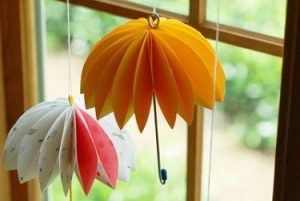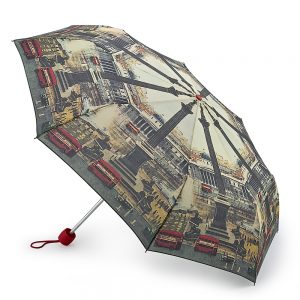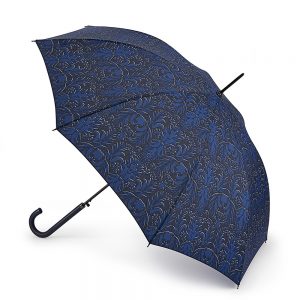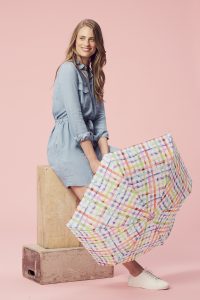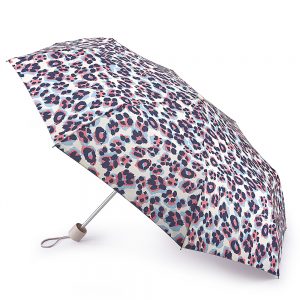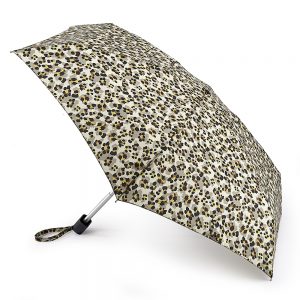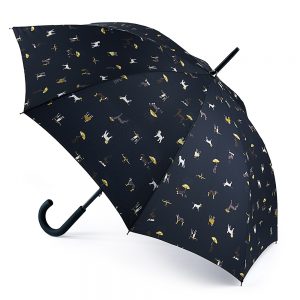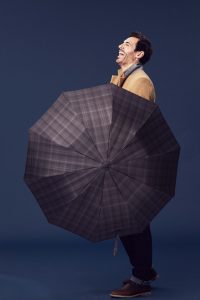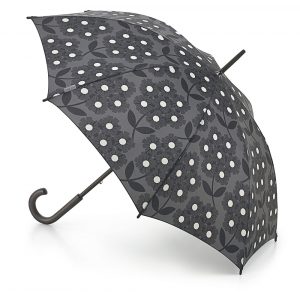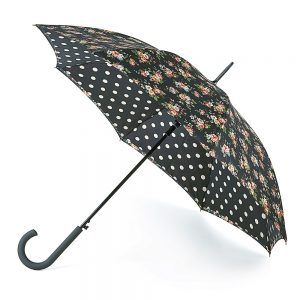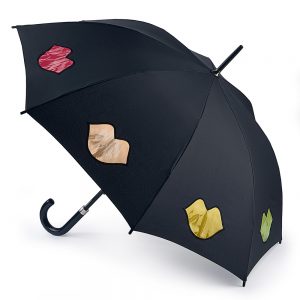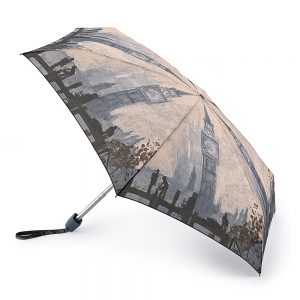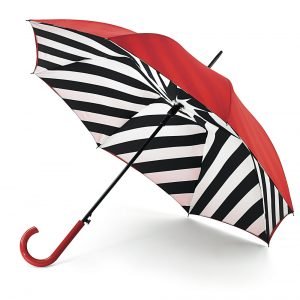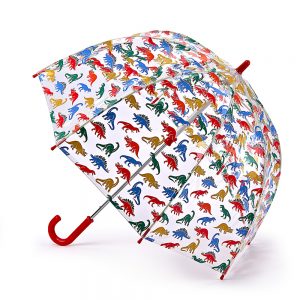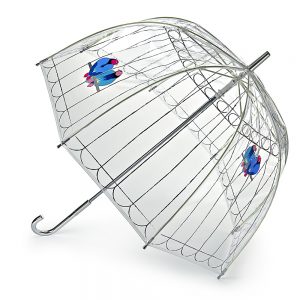In the UK, we tend to get pretty grim weather. However, when you take a look at some of the planet’s most bizarre meteorological conditions, you’d probably count yourself lucky!
Here, we’ve pulled together a list of the oddest and even most frightening weather scenarios in the world. Read on to find out about a selection of bizarre occurrences…
Animal showers
Flightless creatures falling from the sky may sound like something from the Bible, but many people across various cultures throughout history swear that the strange weather phenomenon truly occurred.
Although the most commonly reported animal to descend with the rain is fish, there have also been claimed sightings of frogs and toads (in Japan, Hungary and Uruguay), spiders (in Brazil, Australia and Argentina) and worms (USA). Even in Bath, England, residents were certain that they spotted jellyfish plummeting from the clouds in 1894!
So, if the phenomenon is to be believed — and there have yet to be any recordings of it — how does it happen? The truth is, nobody knows, and almost all theories — from waterspouts that suck up sealife into the clouds, to very strong winds that blow creatures into the sky before gravity takes effect — have been debunked. However, the fact that some of these airborne critters drop to the ground alive makes the event even more enigmatic…
Mega hailstones
During winter, there’s always the risk of hailstone. Where snowflakes are soft and pretty, hailstones are often hazardous and painful. However, nobody can complain about a hailstone shower as much as the citizens of the Gopalganj district in Bangladesh.
According to the Guinness Book of World Records, the heaviest hailstones on record — weighing around 1kg — fell here in April 1986, reportedly killing 92 people. While these were apparently the heftiest hailstones, the widest ever recorded was discovered in the US. Here, the US National Weather Service found that one of the hailstones dropped during a storm had a diameter of 20.3cm, circumference of 47.3cm and impact pit of 25cm across the terrain!
Hailstones are essentially balls of ice that are usually between 5mm and 150mm in diameter. To form, hail needs a thundery weather environment that includes a strong, upward motion of wind, high water content in clouds and below-freezing temperatures.
Strongest wind
We all know tornados can pick wind speeds up, but do you know where in the world has experienced the fastest wind not related to a twister? According to an automated weather station, the strongest gust of wind was recorded on Barrow Island, Australia, in 1996. Here, the wind reached 253mph — or 113 m/s — and the recording was later checked and deemed accurate by the World Meteorological Organization’s Evaluation Panel.
Various weather factors can affect wind velocity, including pressure gradient (air pressure differences between two points), Rossby waves (strong gusts that move worldwide from west to east in the upper troposphere), local conditions, and jet streams. The fastest wind speed found in the UK — 173mph — was officially recorded at Cairn Gorm, Scotland in 1986.
Waterspouts
Waterspouts are a mesmerising weather phenomenon to witness — at one time; nine were sighted at once on Lake Michigan! A waterspout is a rotating column of condensation that connects a body of water to a cloud that is essentially a type of ‘over-water tornado’. They are made by developing rain clouds and sometimes called ‘water devils’, although, they’re usually weaker than land tornados and certainly don’t suck up liquid — a common misconception.
Most commonly, water tornados form in tropical climates, but sightings have also been recorded in Europe, Australia, Antarctica, New Zealand, and the US. According to the National Geographic Society, waterspouts fall into two categories — tornadic and fair-weather — and the phenomenon occurs when condensation descends from a cloud in a vortex formation, connects with the water and creates a spiralling ring of spray.
The average waterspout has a diameter of around 50 metres and lasts around five minutes. However, some recordings have shown waterspout diameters of as large as 100 metres and lasting for up to an hour!
Fire whirls
There have been plenty of recent reports on the issue of wild fires, particularly in California, which recorded its most destructive fire season ever last year. However, many people in the UK may not have heard of the terrifying but captivating fire whirl phenomenon.
A fire whirl — also called a fire devil or fire twister — is a whirlwind of fire that is formed when dry, rising heat meets with strong winds to create swirling eddies of air that then whips up a fire into a column. Wildfires can be exceptionally destructive and have the ability to produce updrafts that can have serious effects. For example; Canberra, Australia witnessed a real tornado — like the ones we see in the US — created by the strength and veracity of a wildfire.
Ball lightning
As if normal lightning wasn’t bad enough, you may even have to contend with balls of sky-borne electricity.
Even today, experts aren’t entirely sure how ball lightning occurs, and these sphere-shaped objects of lights have often been mistaken for UFOs. What we do know is that ball lightning usually happens during standard thunderstorms and is thought to occur when microwave radiation, emitted when a bolt of lightning strikes, gets ‘trapped’ within a ‘plasma bubble’.
Unlike a flash of fork lightning, ball lighting can last several seconds and spookily, they have also been spotted in closed rooms and aircrafts (as they apparently come from microwaves, they can pass through glass). An exploding ball of lightning is said to leave behind a disgusting smell of sulphur, and they have been known to kill people and set buildings on fire.
Clearly, there is some weird weather in the world. Keep yourself protected from the typical British climate with our ranges of men’s, women’s, children’s, and sport umbrellas.

